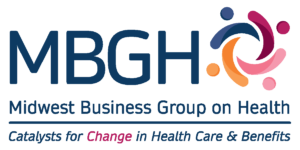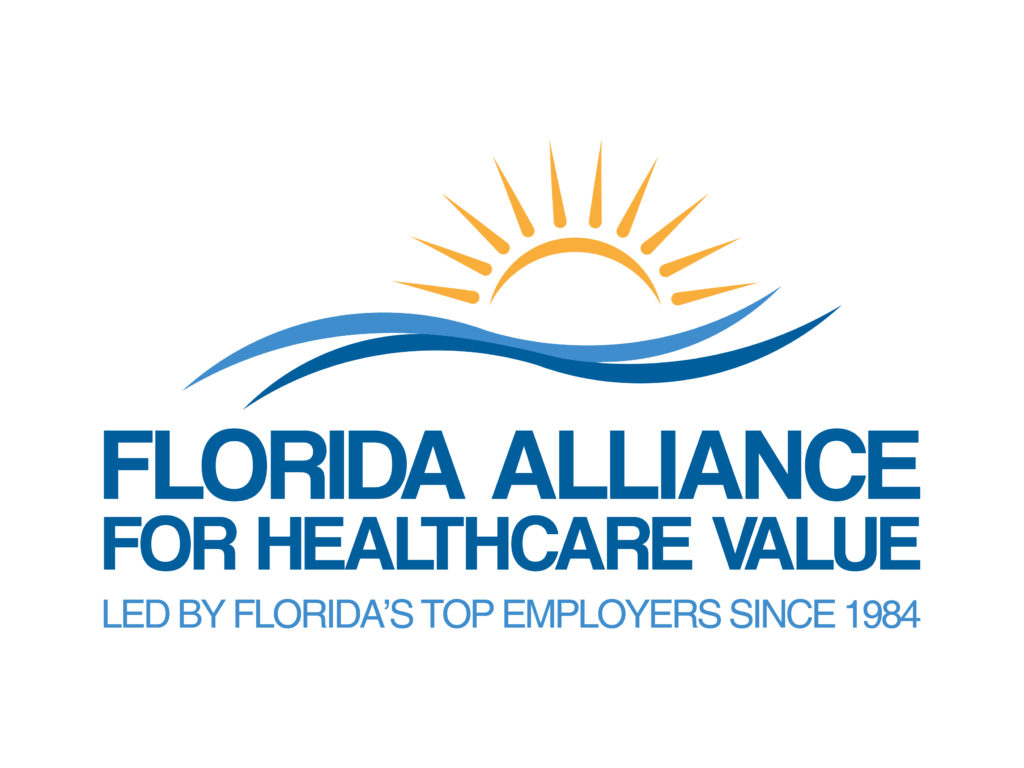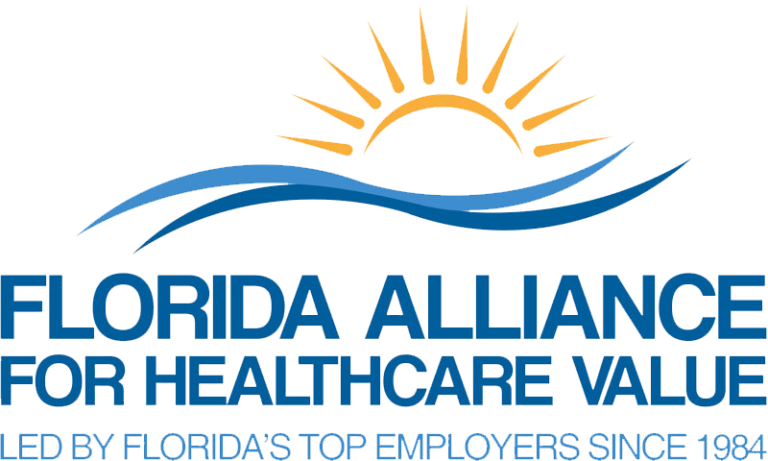

Oncology Learning Collaborative Partnership
Not many years ago, cancer treatment equated to four traditional approaches:
Surgery: The removal of some or all localized solid tumor tissue from a body area. The removal can be accomplished by use of a scalpel or laser, liquid nitrogen or argon gas (cryosurgery) or heat (hyperthermia).
Chemotherapy: The use of specialized drugs to:
make a tumor smaller before surgery or radiation therapy
destroy cancer cells that may remain after surgery or radiation therapy
help other treatments work better
kill cancer cells that returned or spread to other parts of the body
Radiation Therapy: The use of high dose radiation to kill cancer cells and shrink tumors. Radiation therapy is often paired with other treatments and may be given before, during or after them to improve the chances of positive treatment outcomes. The radiation may be administered through an external beam or through radiated seeds, capsules, needles, wires, pellets, etc. implanted into the cancerous area.
Hormone Therapy: The administration of oral or intravenous drugs that block the production or effects of hormones or the removal of the ovaries or prostate to treat hormone dependent prostate or breast cancers.
There are now many different treatment modalities being used alone or in combination, with many of them being determined and guided by biomarker testing.
Biosimilars
As the development pipeline for biologic drugs continues to expand, employers are increasingly turning to biosimilars as a strategy to manage the rising financial pressure on employee benefit programs. Biosimilars are defined as “highly similar” to FDA-approved biologic reference products, with no clinically meaningful differences in safety, purity, or potency. Much like generic drugs, biosimilars have the potential to significantly reduce pharmacy benefit costs while expanding access to life-saving treatments for chronic diseases. By promoting market competition, they can drive down prices and improve affordability. Despite these advantages, reference products, typically brand-name biologics, continue to dominate the market, often due to substantial rebates offered by pharmacy benefit managers (PBMs) to employers. While adoption of biosimilars is growing in the U.S., overall utilization remains relatively low.
Advances in Treatment
Advances in cancer treatment fall into several categories:
Stem Cell Transplants: This refers to the administration of stem cells previously removed from the patient or another person to grow new white and red blood cells and platelets to replace those destroyed by cancer, radiation, or chemotherapy. This is a rapidly advancing technology but still very risky for the patient. Stem cell transplants have been done for years but there have been a lot of advancements recently.
Immunotherapy: This therapy uses biologics (made from living organisms) to improve the immune system’s ability to fight cancer cells. Six major categories of immunotherapy are:
- Immune checkpoint inhibitors
- T-Cell transfer therapy (CAR T-cell Therapy)
- Monoclonal antibodies
- Cancer vaccines
- Immune system modulators
- Photodynamic therapy
Immunotherapy is typically already covered by employer health plans, but it is worth it to have discussions with your carriers to see if any restrictions are in place that would significantly delay member access to these treatments. Delays in treatment are the biggest frustration for a cancer patient.
Targeted Cell and Gene Therapies: This refers to a type of precision medicine that uses biomarker testing to identify targeted growth proteins and enzymes in cancer cells that can be destroyed using small (able to enter cancer cells) or large (destroy the outside cancer cell walls) molecule drugs taken orally, or monoclonal antibodies administered intravenously. These often are million-dollar drugs. For example, the cost per dose of course of Hemgenix® is $3.5M, Skysona® is $3.0M, and Zynteglo® is $2.8M.
Based on a December 2022 analysis, there are a significant number of therapies in the oncology pipeline. US-targeted therapies are expected to result in 66 product-indication approvals (estimated range 54-74) by 2032. Considering the existing 16 product indication approvals and an average of five new approvals annually for the next four years, an estimated 41 conditions will be treated with cell and gene therapies by 2027.
Clinical Trials
The National Cancer Institute (NIH) provides help to interested participants and providers in locating clinical trials and what it takes to get into them. While the ACA requires coverage of routine costs associated with participation in clinical trials, there may be differences between carriers regarding routine costs. For example, you are not required to cover any drug used in the trial, only drugs used to take care of the side effects.
Examples of important clinical trial questions to ask carriers:
- What criteria are being used to determine which clinical trials are covered (ACA requires approved trials to be federally approved or funded)?
- Are members limited to coverage at specific phases of clinical trials or stages of cancer progression?
- What criteria are being used to determine if care is routine?
- Is there a system in place for determining coverage for non-routine services?
Experimental Care
Experimental cancer care is defined as any type of treatment that has not yet received approval from the Food and Drug Administration (FDA) for general use among the public. The 2018 Right to Try Act gives experimental care rights to patients with life-threatening conditions who have exhausted approved treatment options, and are not eligible for clinical trials, and have signed informed consent access to non-FDA-approved treatments. It does not require employer or carrier coverage, but it gives the patient access to non-FDA approved treatments.
The FDA has issued updated draft guidance on charging for experimental drugs but until it is finalized and federal law is passed to require coverage, patients will continue to be limited to care from sources that do not charge or who charge affordable rates.
Some employers have riders to waive (as determined by the plan) experimental, not medically necessary, or investigational denials of service when treatments are supported by multiple sources of medical research, genetically based testing, or prior history of use with successful clinical outcomes. These employers want to be able to consider covering through an appeal process.
Employee relations leaders should review their current plan terms concerning coverage of experimental care and decide if they are comfortable with them as written and can defend them if challenged. Also seek input from insurance carriers and regional employer health care coalitions concerning benchmarking to determine prevailing strategies among other employers.
MBGH Employer Action Brief: Improved Adoption of Biosimilars
As the development pipeline for biologic drugs continues to expand, employers are increasingly turning to biosimilars as a strategy to manage the rising financial pressure on employee benefit programs. Biosimilars are defined as “highly similar” to FDA-approved biologic reference products, with no clinically meaningful differences in safety, purity, or potency. Much like generic drugs, biosimilars have the potential to significantly reduce pharmacy benefit costs while expanding access to life-saving treatments for chronic diseases. By promoting market competition, they can drive down prices and improve affordability. Despite these advantages, reference products, typically brand-name biologics, continue to dominate the market, often due to substantial rebates offered by pharmacy benefit managers (PBMs) to employers. While adoption of biosimilars is growing in the U.S., overall utilization remains relatively low.
© Copyright 2024 Central Florida Health Care Coalition, Incorporated d/b/a Florida Alliance for Healthcare Value
The Central Florida Health Care Coalition, Incorporated d/b/a Florida Alliance for Healthcare Value is providing this information to our employer members solely in our capacity as a 501c3 nonprofit education organization and not as advice in any capacity. The information that is not in the public domain is private and confidential.
